Description
Nickel Carbonyl: A Comprehensive Overview
Name: Nickel Carbonyl
Chemical Formula: Ni(CO)4
Also Known As: Nickel Tetracarbonyl
Origin and Background
Nickel carbonyl is an organometallic compound that was first synthesized in the early 19th century by the chemist Ludwig Mond. It is a colorless, highly toxic gas with a sweet, pleasant odor that makes it particularly dangerous. Nickel carbonyl is primarily used in the production of pure nickel through a process called the Mond process, where nickel oxide is converted to nickel carbonyl gas, which is then decomposed to produce nickel metal.
Despite its industrial applications, nickel carbonyl’s toxicity poses significant risks to workers in nickel processing plants. Prolonged exposure can lead to severe health complications and, in extreme cases, death. This has led to stringent safety regulations and monitoring in workplaces where nickel carbonyl is used.
Mechanism of Action
Nickel carbonyl is known for its potent toxicity, primarily affecting the lungs and central nervous system. The mechanism by which it exerts its toxic effects includes:
- Cytotoxicity: Nickel carbonyl is metabolized in the body to nickel ions, which can interfere with various cellular processes, leading to cell damage and death.
- Oxidative Stress: The compound can generate reactive oxygen species (ROS), causing oxidative damage to lipids, proteins, and DNA, further contributing to cellular dysfunction.
- Inhibition of Enzymatic Activity: Nickel ions can disrupt the function of critical enzymes involved in cellular metabolism, impairing normal physiological processes.
Lethal Dose
The lethal dose of nickel carbonyl varies based on individual sensitivity and exposure conditions:
- Lethal Dose: The estimated lethal dose (LD50) in humans is around 50 mg/kg when inhaled. Inhalation of high concentrations (greater than 1,000 ppm) can lead to rapid health deterioration and death.
- Toxic Dose: Symptoms of toxicity can manifest at lower doses, particularly with prolonged exposure.
Symptoms of Poisoning
Exposure to nickel carbonyl can lead to a variety of acute and chronic symptoms:
- Acute Symptoms:
- Headache
- Dizziness
- Nausea and vomiting
- Cough and difficulty breathing
- Chest pain
- Pulmonary edema
- Chronic Symptoms:
- Respiratory problems
- Neurological deficits
- Skin irritation and sensitization
- Liver and kidney damage
In severe cases, death can result from respiratory failure or multiple organ dysfunction.
Time to Kill
- Rapid Onset: The effects of nickel carbonyl can appear within minutes to hours after exposure.
- Time to Death: Without prompt medical intervention, death can occur within 1 to 3 days, especially if the exposure is severe.
Detection in Autopsy
Nickel carbonyl poisoning can be detected during autopsy:
- Toxicology Tests: Specialized tests can identify nickel and its compounds in blood, urine, and tissues, helping to confirm exposure.
- Pathological Findings: Autopsy may reveal signs of lung damage, such as edema or hemorrhage, along with possible liver and kidney damage.
Antidote
Currently, there is no specific antidote for nickel carbonyl poisoning; treatment is supportive:
- Removal from Exposure: Immediate evacuation from the exposure site is crucial.
- Symptomatic Treatment: Administering oxygen for respiratory distress, bronchodilators for wheezing, and intravenous fluids to support blood pressure may be necessary.
- Chelation Therapy: In cases of severe poisoning, chelating agents like dimercaprol may help to reduce nickel levels in the body.
Conclusion
Nickel carbonyl is a highly toxic compound with significant industrial applications. Its exposure poses severe health risks, necessitating strict safety measures in workplaces where it is used. Understanding its mechanism of action, symptoms of poisoning, and treatment options is crucial for preventing and managing nickel carbonyl toxicity. Although its lethal effects can be rapid, early intervention can improve outcomes for exposed individuals.

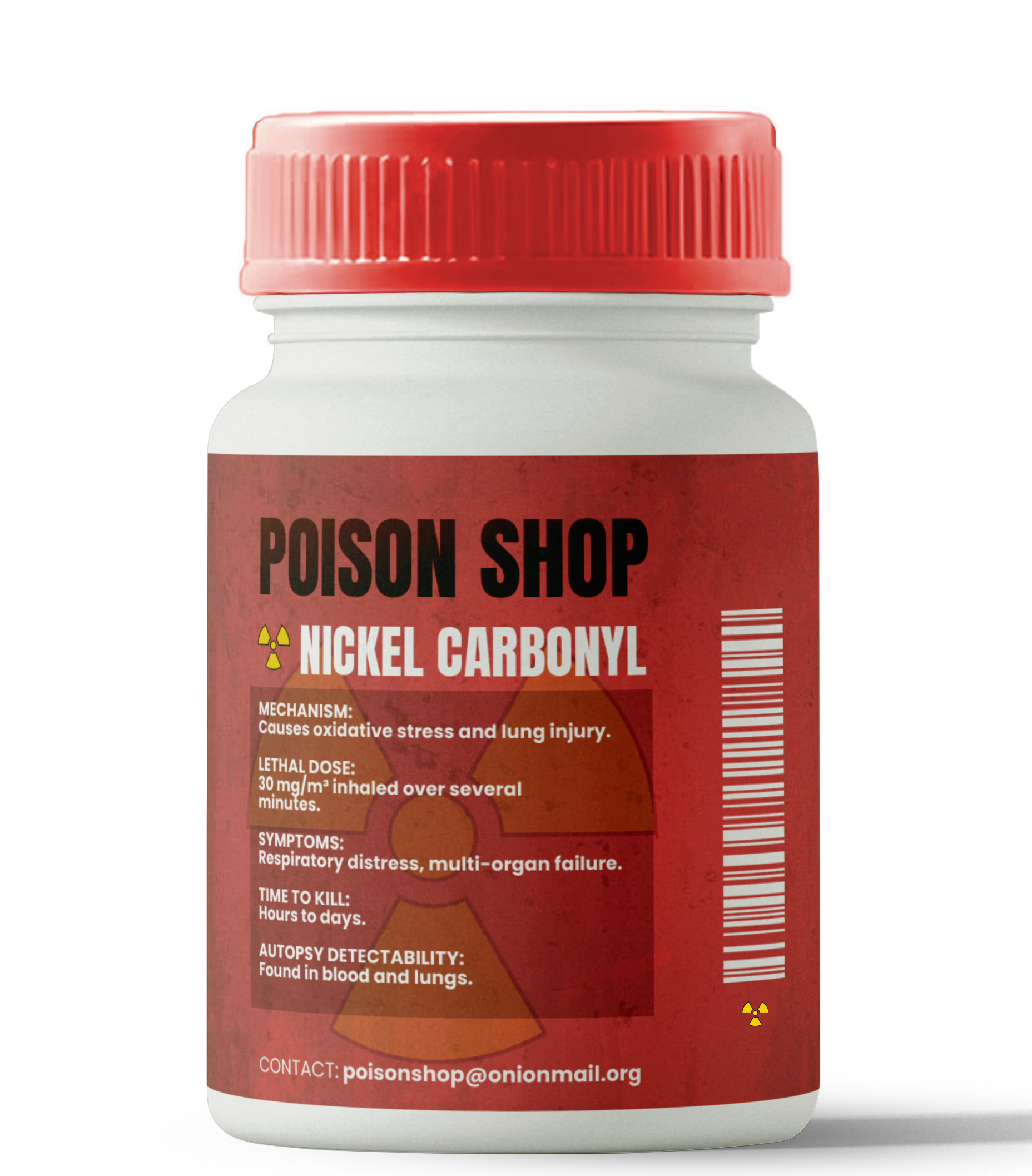
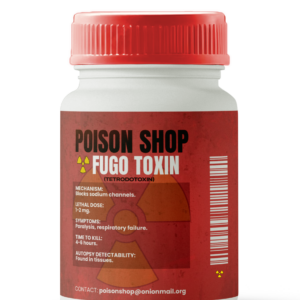
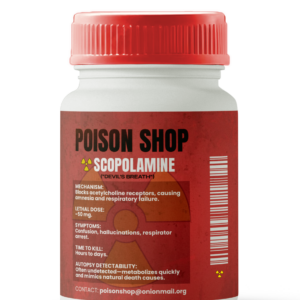
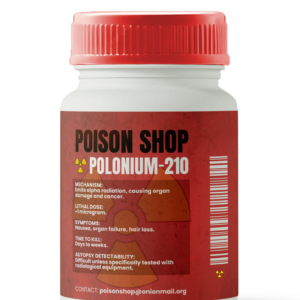
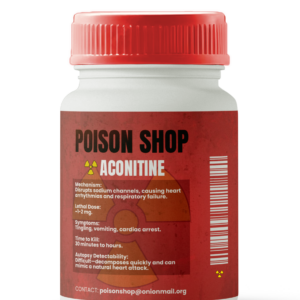
Reviews
There are no reviews yet.